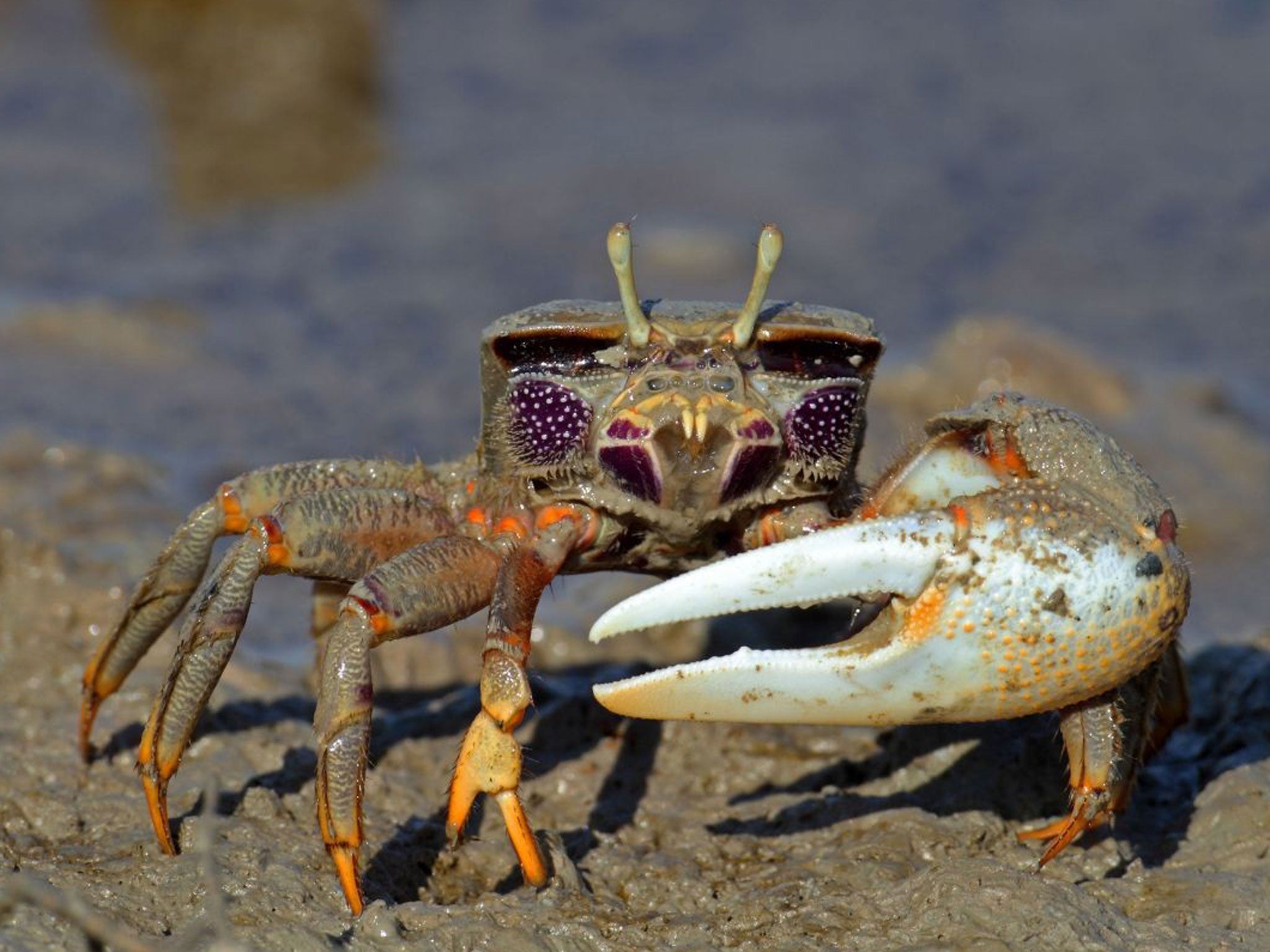Just like that! Meet Mother Nature's magicians
Animal illusionists trick predators, win mates, even disappear – and there are more of them than we thought, says new research

They are the magicians of the animal kingdom – they can disappear, make themselves look bigger, or slip away, thanks to classic distraction techniques, and can even make you think black is white and white is black.
Some of the techniques deployed by animals are similar to those used by human illusionists to pull off incredible tricks such as levitation or making the Statue of Liberty seemingly vanish into thin air.
A paper published earlier this month in Behavioral Ecology journal pulled together a wide range of animal studies and concluded that such animal masters of illusion could be much more common in nature than previously thought.
And the ability to fool a potential mate or predator will have had a significant effect on the evolution of life as we know it.
The great bowerbird creates "one of the most... fascinating examples of a visual illusion", the paper says. The male clears an area to display for the female, but arranges grey objects such as stones and pieces of bone so that small bits are near the centre and larger bits are further away, producing a "forced perspective" effect. It is thought that the bird does this so that either he or the coloured objects he puts on display look bigger to the female.
Male fiddler crabs may also exploit the effect known as the Ebbinghaus illusion, in which a dot can be made "bigger" by surrounding it with smaller dots. Female crabs prefer males with bigger claws and have been found to approach males who display beside smaller-clawed rivals, "most likely because these males look relatively more attractive".
Like female fiddler crabs, humans are fooled by the Ebbinghaus illusion, but, strangely, baboons are not.
Male peacock spiders are also practised illusionists. During courtship displays, they raise their abdominal flaps to attract a mate, but also sneakily lift their third pair of legs, making the flaps "appear taller and wider than they are in reality", the paper says.
Such "magic" can help in defence, too. Butterflies' eyespots may play a protective role "by drawing the attention" of a predator. This distraction technique could give predators "false information about the prey's likely escape trajectory" by suggesting the head is at the opposite end.
Tiger moths have developed a vanishing trick – at least if you are a bat using sonar to home in on a tasty meal. The moths emit clicks of their own, jamming the bat's signal and enabling them to disappear long enough to make a getaway.
Then there's "simultaneous brightness contrast", which can be used to create "false perceptions" of colour – say, by making the same colour appear either brown or yellow, depending on the background. It is thought that male guppies and a number of other animals may exploit this effect, so that their markings appear brighter to female guppies but "darken" when a predator arrives.
Glasgow-based magician Paul Nardini said: "Animals evolved these techniques to save themselves." He said perspective-altering effects could "make things seem far away or near" – one of the techniques used to "make the Statue of Liberty disappear". And camouflage and colour contrast, he said, can be used to make it appear that objects are levitating.
One of the paper's authors, Dr Laura Kelley, of Cambridge University, told The IoS she was "really intrigued by the idea of size illusions – that animals can affect how attractive they are by changing a few simple things".
Dr Kelley, who wrote the paper with her sister, Dr Jennifer Kelley, of the University of Western Australia, added that she preferred animal magic to the Magic Circle. "I'm not a big fan of magicians because I don't like not knowing how things are done," she said.
The magic of nature
Fiddler crabs
During mating displays, the males stand beside other males who have smaller claws to make their own claws look bigger.
Tiger moths
Send out clicks that jam the sonar of bats hunting them, so that the moths can, in effect, disappear – and escape.
Frogs
The spotted grass frog uses highly contrasted markings to create "false edge" camouflage.
Sea hares
Shoot out fake food to distract lobsters that prey on them.
Great bowerbirds
The males arrange grey objects such as stones in a size gradient that can make the male birds look bigger to females.
Guppies
May exploit the "simultaneous brightness contrast" effect, which can make the same colour look brown or yellow, depending on the background.
Join our commenting forum
Join thought-provoking conversations, follow other Independent readers and see their replies
0Comments